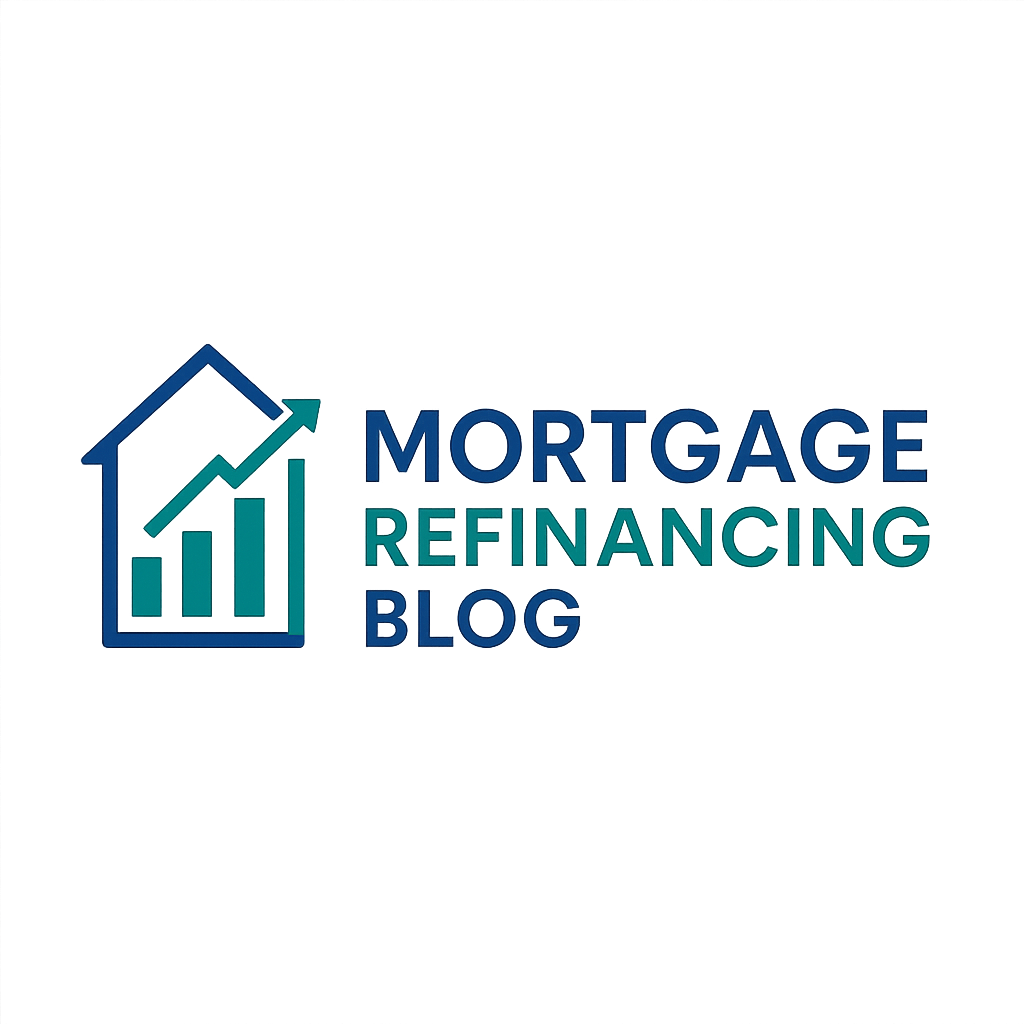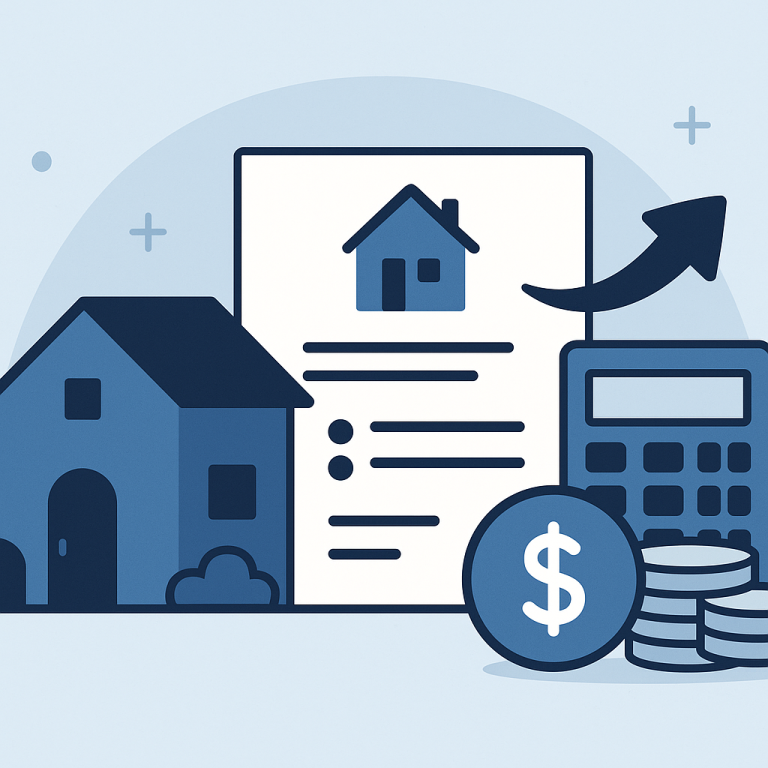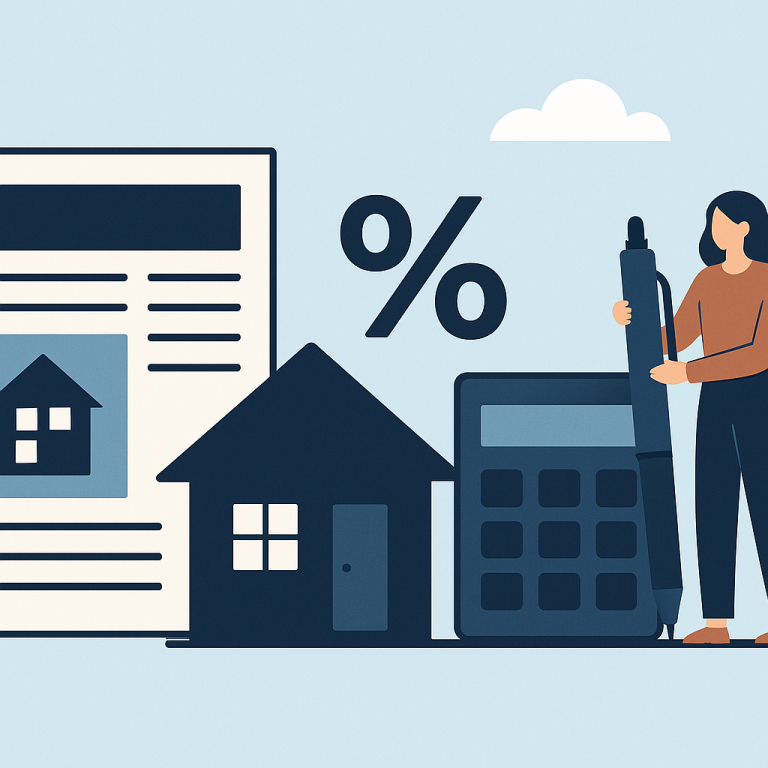Refinance guide FHA to conventional refinance to drop MIP
FHA to Conventional Refinance to Drop MIP: What It Is and When It Makes Sense
An FHA to conventional refinance means replacing an existing FHA-insured mortgage with a new conventional (non-government) mortgage. Homeowners often pursue this specifically to eliminate FHA mortgage insurance premium (MIP). FHA loans require an upfront MIP and an annual MIP that in many cases lasts for the life of the FHA loan. Refinancing to a conventional loan can remove that mandatory FHA insurance if you have sufficient equity and meet conventional underwriting standards.
This move makes sense when you have built meaningful equity (typically 20% or more), your credit score and income qualify you for a conventional loan at a competitive rate, and the long-term savings from removing MIP and/or securing a lower interest rate outweigh the refinance costs.
Benefits and Drawbacks
Benefits
- Eliminate FHA MIP: A conventional refinance can remove recurring FHA mortgage insurance, reducing your monthly payment.
- Lower monthly payments: If you qualify for a lower interest rate, your payment can drop even before insurance savings.
- Flexible PMI rules: Conventional loans allow borrowers to request PMI cancellation at 80% loan-to-value (LTV) and lenders must automatically cancel PMI at 78% under federal law.
- Potentially better loan options: You may access different loan terms, shorter durations, or different mortgage products.
Drawbacks
- Closing costs: Refinances incur fees (typically 2–5% of the loan amount) that can offset short-term savings.
- Appraisal and underwriting: Conventional refis usually require a full appraisal and underwriting; a low appraisal can derail the plan.
- Qualification requirements: Conventional lenders demand higher credit scores, stricter debt-to-income ratios, and more documentation than FHA.
- Possible PMI: If you don’t have at least ~20% equity on the new loan, you’ll pay private mortgage insurance (PMI) on a conventional loan.
Costs and Fees to Expect
Refinancing from FHA to conventional typically includes:
- Origination fees and lender points
- Appraisal fee (often $400–$800)
- Title search and insurance
- Recording and escrow fees
- Prepaid items (interest, homeowner’s insurance, taxes)
- Courier, underwriting, and credit report fees
Those costs usually add up to 2–5% of your loan amount. Shop lenders for rate quotes and ask for a Loan Estimate to compare total costs. Also factor in whether your interest-rate savings plus eliminated MIP will recoup closing costs within a reasonable timeframe (the break-even period).
Step-by-Step Process
- Check eligibility: Confirm approximate equity (based on current market value), credit score, and debt-to-income ratio. Aim for 20%+ equity to avoid PMI.
- Gather documents: Pay stubs, W-2s, recent tax returns, bank statements, and current mortgage statement.
- Shop lenders: Request Loan Estimates from multiple lenders to compare interest rates, fees, and required PMI if applicable.
- Order appraisal: The lender will order a full appraisal to establish current property value and precise LTV.
- Underwriting: Submit verification documents and wait for underwriting. Lenders verify income, assets, and credit.
- Clear to close: Once underwriting conditions are satisfied, you receive a clear-to-close and a Closing Disclosure showing final costs.
- Close the loan: Sign documents, pay closing costs or roll them into the loan if eligible, and the conventional loan pays off the FHA loan.
- Post-close: Confirm MIP stops and adjust escrow/payments for the new loan and any PMI timeline if relevant.
Common Pitfalls to Avoid
- Insufficient equity: Relying on original purchase price rather than current appraisal can lead to unexpected PMI or a declined refinance.
- Low appraisal: A market downturn or appraisal that comes in lower than expected can prevent reaching the 80% LTV needed to avoid PMI.
- Underestimating closing costs: High fees can make refinancing not worth it in the short term; always calculate break-even time.
- Credit or income surprises: Changes in employment, new debt, or credit score drops during the process can derail approval.
- Seasoning requirements: Some lenders require a minimum number of payments on the existing mortgage before allowing a refinance—confirm lender policies in advance.
- Condo or property restrictions: Certain condos, co-ops, or investment properties face additional underwriting hurdles or ineligibility.
FAQ
How much equity do I need to remove FHA MIP with a conventional refinance?
To avoid private mortgage insurance (PMI) on the conventional loan, you generally need at least 20% equity based on the current appraised value (an 80% or lower LTV). If you have less equity, you may still refinance but will pay PMI until you reach the required LTV.
Will refinancing always remove MIP from my mortgage?
Refinancing to a conventional loan is the primary way to remove FHA MIP for most modern FHA loans. However, you must qualify for the conventional loan and typically have sufficient equity. Older FHA loans originated under prior rules may have different MIP cancellation options—check the specifics of your loan.
Do I need an appraisal for an FHA to conventional refinance?
Yes. Conventional refinances generally require a full appraisal to determine current value and LTV. This appraisal is critical to confirming whether you have enough equity to avoid PMI.
How long does it take to close a refinance?
Most conventional refinances take 30–45 days from application to closing, depending on lender responsiveness, appraisal scheduling, and underwriting complexity.
Refinancing an FHA loan to a conventional mortgage to drop MIP can deliver meaningful monthly savings and long-term interest cost reductions, but it requires careful planning, accurate calculations of equity and closing costs, and comparison-shopping among lenders. Run the numbers, confirm your appraisal expectations, and choose a lender with clear communication to make the transition smooth and cost-effective.
META: FHA to conventional refinance, drop MIP, remove mortgage insurance, refinance steps, costs, FAQs




